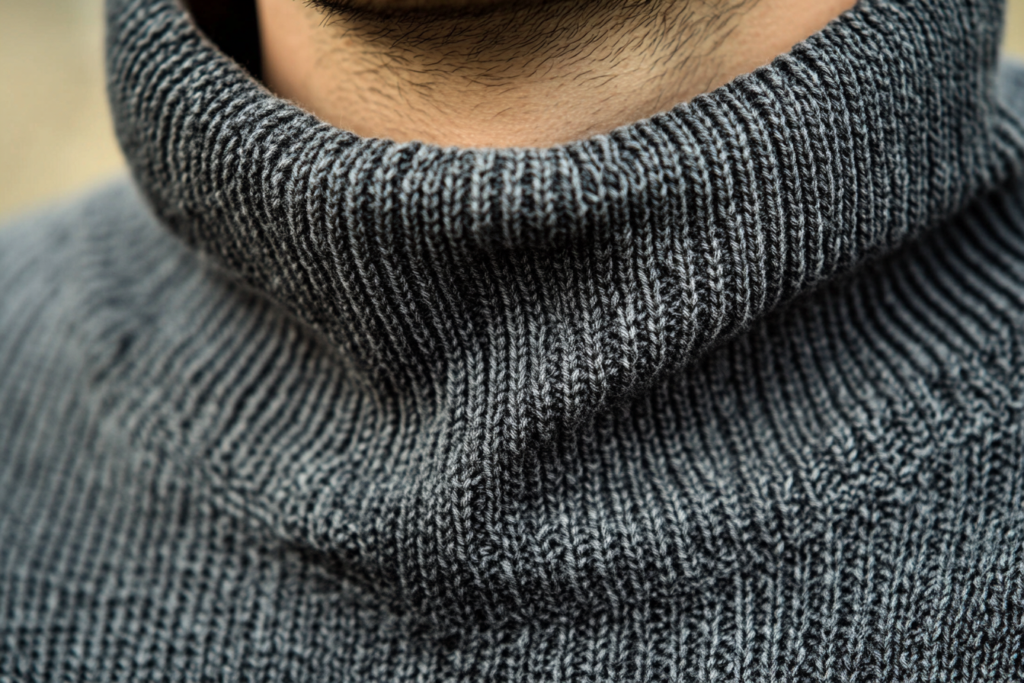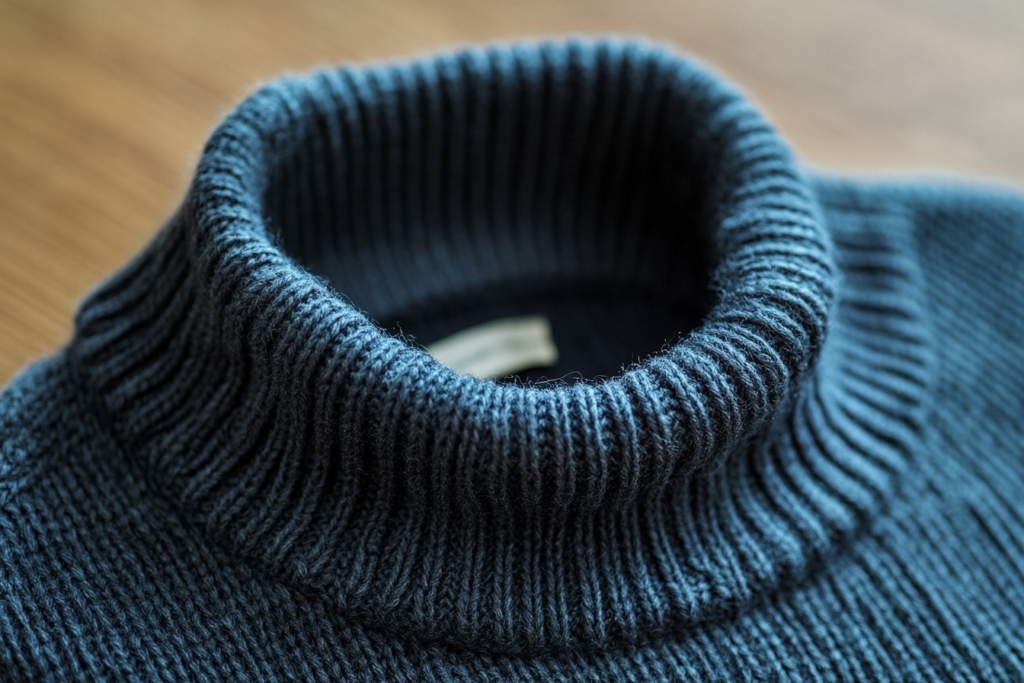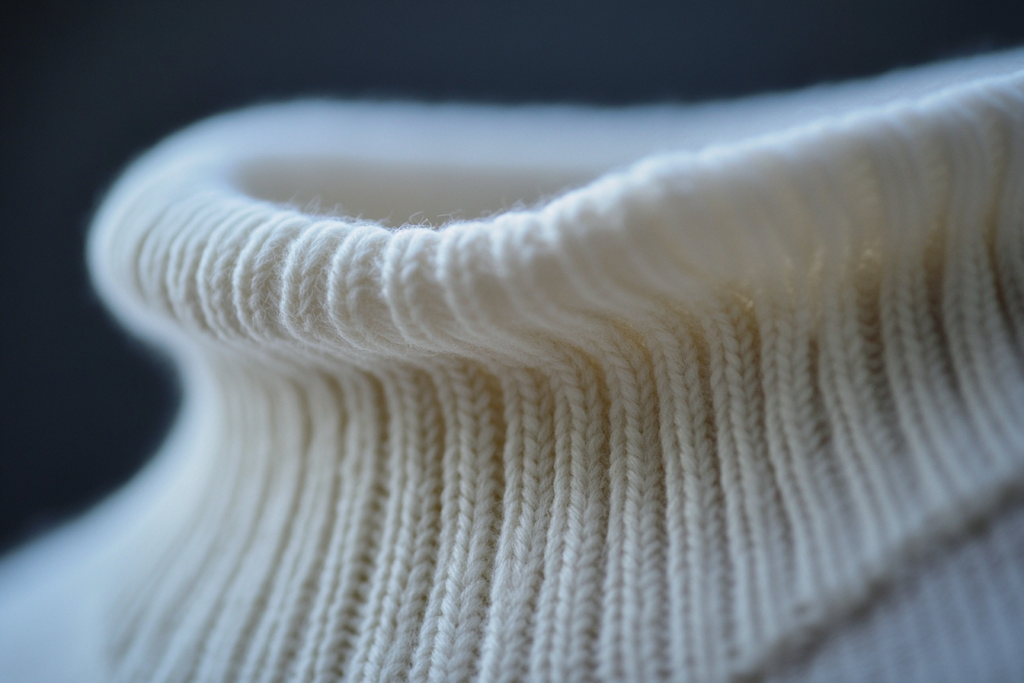Minimum Stretched: Ensuring Comfortable Stretch in Knitted Garments
Meta Description: Minimum stretched is a measurement used in knitwear, particularly collar openings, to ensure comfortable stretch over the head without distortion. Learn its importance in garment construction.
What is Minimum Stretched in Knitted Garments?
Minimum stretched refers to the smallest amount of stretch required for knitted fabric, particularly collar openings, to comfortably fit over the head without excessive tension. This measurement ensures that collars, cuffs, and neckbands maintain elasticity and comfort while retaining their original shape after stretching.
It is commonly used in T-shirt collars, sweaters, and other stretchable knit garments to guarantee ease of wear.


Key Features of Minimum Stretched Measurement
✔ Ensures Garment Openings Have Enough Flexibility – Prevents tight or restrictive collars.
✔ Used in T-Shirts, Sweaters & Knitwear – Common for crew necks, V-necks, and ribbed cuffs.
✔ Helps Maintain Fabric Recovery – Prevents overstretching and loss of shape.
✔ Balances Comfort & Durability – Allows stretch without excessive looseness.
✔ Tested in Garment Manufacturing – Ensures consistent sizing and fit across production.
Where is Minimum Stretched Used in Fashion?
📌 T-Shirt & Polo Shirt Collars – Ensures the collar stretches enough to fit over the head.
📌 Sweaters & Hoodies – Prevents neck openings from being too tight or loose.
📌 Elastic Cuffs & Waistbands – Allows flexibility while maintaining structure.
📌 Sportswear & Activewear – Ensures fabric stretches for movement without sagging.
📌 Children’s & Baby Clothing – Provides extra stretch for easy dressing.
How to Measure Minimum Stretched in Garments
1️⃣ Measure the Collar or Opening at Rest → Find the initial (unstretched) width.
2️⃣ Stretch the Fabric to Its Minimum Required Expansion → Ensure it comfortably fits over the head.
3️⃣ Check Recovery After Stretching → The fabric should return to its original shape without permanent distortion.
4️⃣ Test Different Fabric Blends → Stretch properties vary for cotton, polyester, and spandex blends.
💡 Tip: Collars with rib-knit fabric often have better stretch recovery compared to flat-knit collars.
Minimum Stretched vs. Maximum Stretched
| Feature | Minimum Stretched | Maximum Stretched |
|---|---|---|
| Definition | The least amount a fabric must stretch to fit | The maximum safe stretch before distortion |
| Common Use | Ensuring collar openings fit over the head | Checking elasticity limits in activewear |
| Measurement Method | Stretched just enough for comfort | Stretched to test fabric durability |
| Fabric Impact | Prevents tightness in collars and cuffs | Avoids over-stretching and fabric damage |
💡 Tip: Minimum stretched is critical for comfort, while maximum stretched helps test durability and elasticity limits.
Why Minimum Stretched Matters in Knitwear Design
✔ Prevents Uncomfortable Neck Openings – Ensures collars fit without excessive pulling.
✔ Helps Maintain Shape Retention – Avoids collars stretching out permanently.
✔ Improves Garment Longevity – Ensures consistent fit after repeated wear and washing.
✔ Essential for Mass Production Quality Control – Guarantees consistent stretch across different garment batches.
Conclusion: The Role of Minimum Stretched in Garment Fit & Comfort
Minimum stretched measurement is a crucial factor in knitwear design, particularly in T-shirts, sweaters, and activewear, ensuring collars and openings provide enough stretch for comfort while maintaining shape retention.
By incorporating precise stretch testing in garment production, designers and manufacturers can enhance fabric performance, improve wearability, and maintain consistent sizing across collections.



